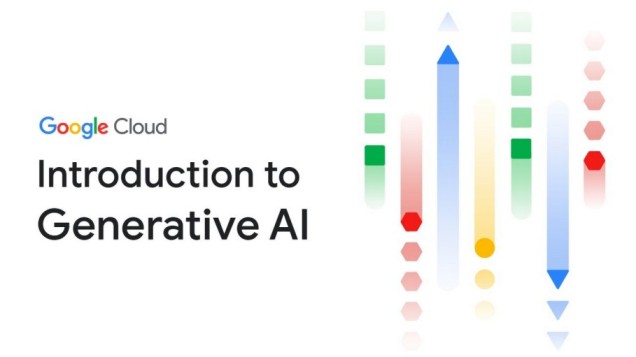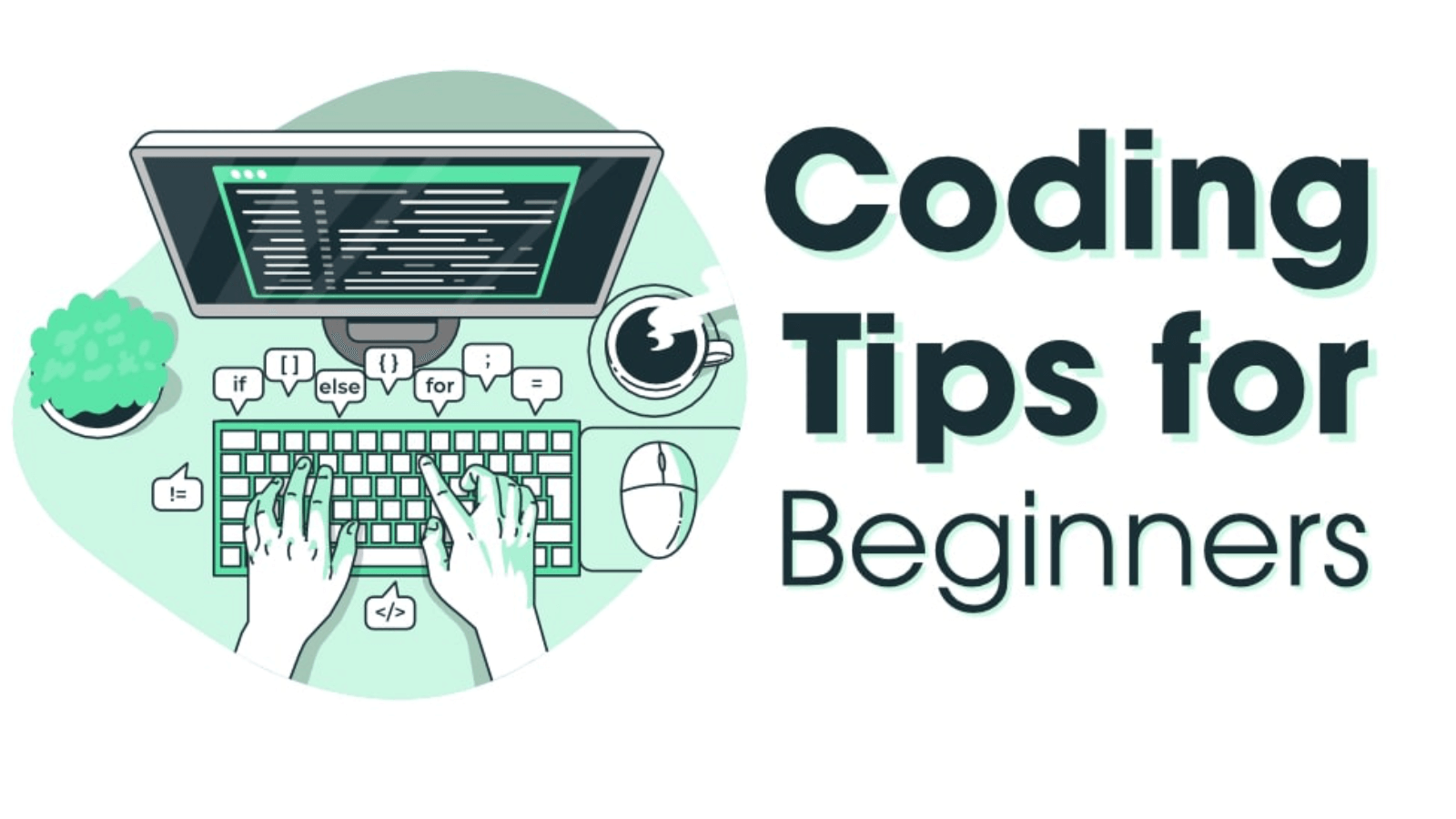Google is playing a pivotal role in advancing Generative AI technology, focusing on its vast potential to transform industries and revolutionize how businesses operate. Google’s investments in this area are part of its broader AI strategy, which includes developing powerful tools, research frameworks, and cloud-based solutions.Google Introduction to Generative AI
Here’s an in-depth look at Google’s Introduction to Generative AI:
1. What is Generative AI?
Generative AI is a branch of artificial intelligence that focuses on generating new content, such as text, images, code, audio, or even video. Unlike traditional AI, which is primarily used for tasks like classification or prediction, Generative AI can create new, original data that resembles the input it has been trained on.
Examples of Generative AI include:
- Text generation (e.g., ChatGPT, Google Bard).
- Image creation (e.g., DALL·E, Stable Diffusion).
- Code generation (e.g., GitHub Copilot, Google’s AI-powered development tools).
2. Google’s Role in Generative AI
Google has been a pioneer in the field of AI, with its various research arms such as DeepMind and Google Research leading breakthroughs in machine learning. Google’s contributions to Generative AI have been significant, including the development of state-of-the-art models like BERT, T5, and more recently, PaLM (Pathways Language Model).
Google’s goal is to make Generative AI widely accessible to developers, researchers, and businesses through tools like Google Cloud AI, TensorFlow, and other AI platforms.
3. Key Tools and Frameworks by Google
a) Google Bard
Bard is Google’s answer to conversational AI, similar to OpenAI’s ChatGPT. Powered by PaLM 2, Bard is designed to assist users with a wide range of tasks, such as generating human-like text, answering questions, providing content summaries, and more.
- Use Cases: Content creation, research, customer support, language learning, etc.
- Advancements: Offers real-time web access for up-to-date information and deep learning techniques for more nuanced conversations.
b) Google Cloud AI and Machine Learning Platform
Google Cloud offers several AI tools and APIs that businesses can use to integrate Generative AI into their workflows.
- Vertex AI: A unified platform that lets you deploy and scale machine learning models, including Generative AI, without needing to manage infrastructure.
- AutoML: Enables developers to train custom models with minimal expertise.
- Pre-trained models: Developers can leverage Google’s powerful pre-trained models for natural language processing (NLP), image generation, and more.
c) DeepMind and AI Research
DeepMind, acquired by Google, is responsible for some of the most notable advancements in AI research. It focuses on both theoretical and applied AI research, including Generative AI applications like reinforcement learning and neural network architectures.
- AlphaFold: A revolutionary AI system for predicting protein structures, showcasing AI’s power in generating solutions in the life sciences.
- Neural Architecture Search: DeepMind has been developing techniques that automate the process of discovering the best neural network structures for specific tasks, which has applications in Generative AI.
4. Google’s Use of Generative AI Across Products
Google has integrated Generative AI capabilities across many of its existing services and products:
- Google Workspace: Tools like Google Docs and Gmail now have AI-powered features such as Smart Compose, which assists users in writing and generating emails or documents.
- YouTube: AI-generated video summaries and content recommendations are powered by advanced machine learning algorithms.
- Google Search: Generative AI improves search capabilities by generating summaries, answering complex questions, and suggesting more intuitive content.
5. How Generative AI Works
Generative AI relies on models that can learn patterns from vast datasets and then generate new content based on this learned data. Key concepts include:
a) Neural Networks: Deep learning architectures that can learn complex patterns from large datasets.
- Transformers: Google played a key role in developing the transformer architecture, which is the foundation for many large language models (LLMs) like BERT and GPT.
b) Training Data: Generative AI models are trained on massive datasets, enabling them to understand and mimic the structure and semantics of data such as text or images.
c) Generative Models: Specific types of AI models designed to create new data, such as Variational Autoencoders (VAEs) and Generative Adversarial Networks (GANs), are crucial to this process.
6. Ethical Considerations and AI Governance
As Generative AI continues to evolve, Google places a strong emphasis on AI ethics and responsible use. Google’s AI Principles guide the development and deployment of its AI technologies.

Key ethical concerns include:
- Bias and Fairness: Ensuring that generative models do not perpetuate harmful stereotypes or biases from the training data.
- Misuse of AI: Generative AI can be misused for creating deepfakes, disinformation, or malicious content, making it essential to implement guardrails.
- Transparency and Accountability: Google promotes transparency in how AI models are built and used, ensuring developers and users understand the limitations and risks.Google Generative AI,
- Introduction to Generative AI,
- Google Bard AI,
- DeepMind AI,
- Google AI tools,
- Google Cloud AI,
- Generative AI technology,
- How Generative AI works,
- Ethical AI by Google,
- AI advancements Google,https://viveksharma7.com/
7. Learning Generative AI with Google
Google offers numerous resources for learning and implementing Generative AI, including:
a) Google AI Education
Google provides free educational resources and courses that cover the basics of AI, machine learning, and Generative AI. These resources are available through:
- Google AI Hub: A platform with tutorials, case studies, and AI development guides.
- Google Cloud Training: Offers training programs for developers and businesses looking to implement AI solutions.
b) TensorFlow
TensorFlow, an open-source machine learning framework developed by Google, is widely used for developing AI applications, including generative models. It offers easy-to-use APIs and a large community to support AI projects.
- TensorFlow Generative Models: Examples and tutorials on building models like GANs or VAEs.
c) Colab Notebooks
Google Colab is a free platform that allows users to write and execute Python code in the browser. It’s widely used for AI research and training, enabling anyone to experiment with Generative AI models like GPT-3 or custom models.
8. Future of Generative AI at Google
The future of Generative AI at Google is expected to include even deeper integrations with Google Cloud and the expansion of AI capabilities across industries like healthcare, finance, and education. Google is also likely to continue pushing the boundaries of what’s possible with large-scale AI models, offering new tools for developers and researchers to create more sophisticated generative systems.
Conclusion
Google’s Introduction to Generative AI reflects the company’s commitment to leading in the AI revolution. By providing powerful tools like Google Cloud AI, TensorFlow, and Bard, and contributing cutting-edge research, Google is helping shape the future of Generative AI. Whether you are a developer, a business owner, or a researcher, Google offers the resources and platforms needed to harness the power of Generative AI for real-world applications.















Thanks for sharing. I read many of your blog posts, cool, your blog is very good. https://accounts.binance.com/en-IN/register-person?ref=UM6SMJM3